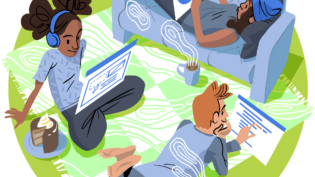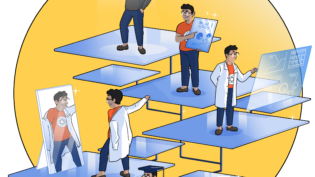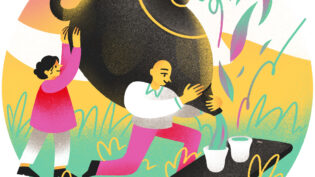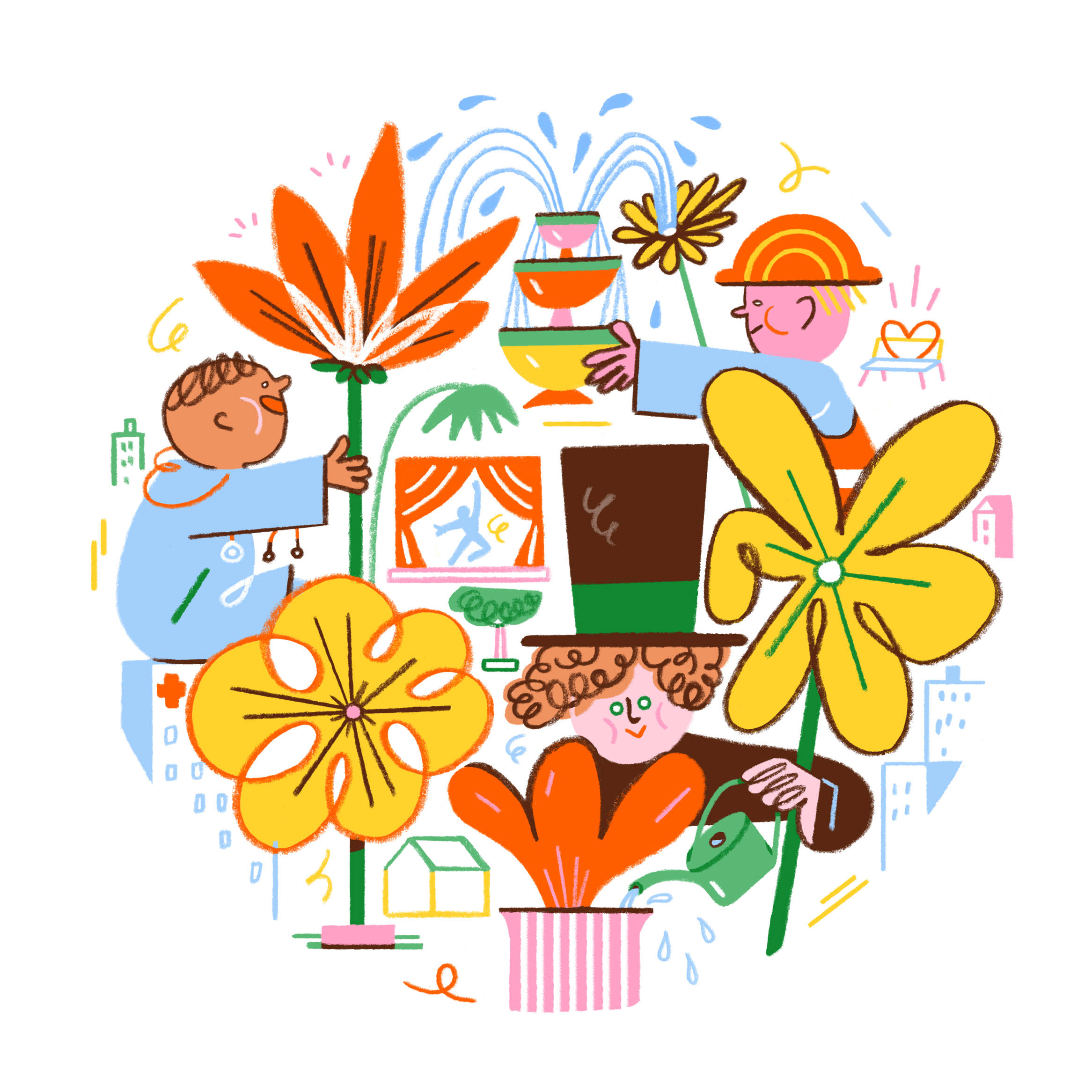
The city as playground
Written by
How games can teach active citizenship
As president of Hungarian NGO kultúrAktív, Anna Szilágyi-Nagy empowers children to take part in urban decision making. Their live action board games, ParticiPécs and Urbanity, stimulate dialogue about urban issues and promote collaboration between different players. While she is dedicated to her PhD research about the game Urbanity, she is also venturing out towards building a business case to secure a financially stable future for kultúrAktív.
Anna, does the modern city shape us, or do we shape the city?
It goes both ways. In the way you decide to sit on a bench, be it on the seat or on the backrest, you define and alter the meaning of the bench. Having said that, even when we don’t think that we act, we do act. Our every action has impact, we just need to become aware of it.
… and this awareness is what you are teaching children by practising participation?
Yes, exactly. One of our experiences is that young people take for granted the city that surrounds them. They think that only politicians and chief architects are responsible to design and develop these spaces – and cannot imagine that they, too, have the capacity to organise change. We all have our different interests, qualities, and beautiful competencies. We just need to find out our own way of contributing to the world. Maybe it is in politics, maybe it is to be a good teacher, it does not have to be about making physical changes.
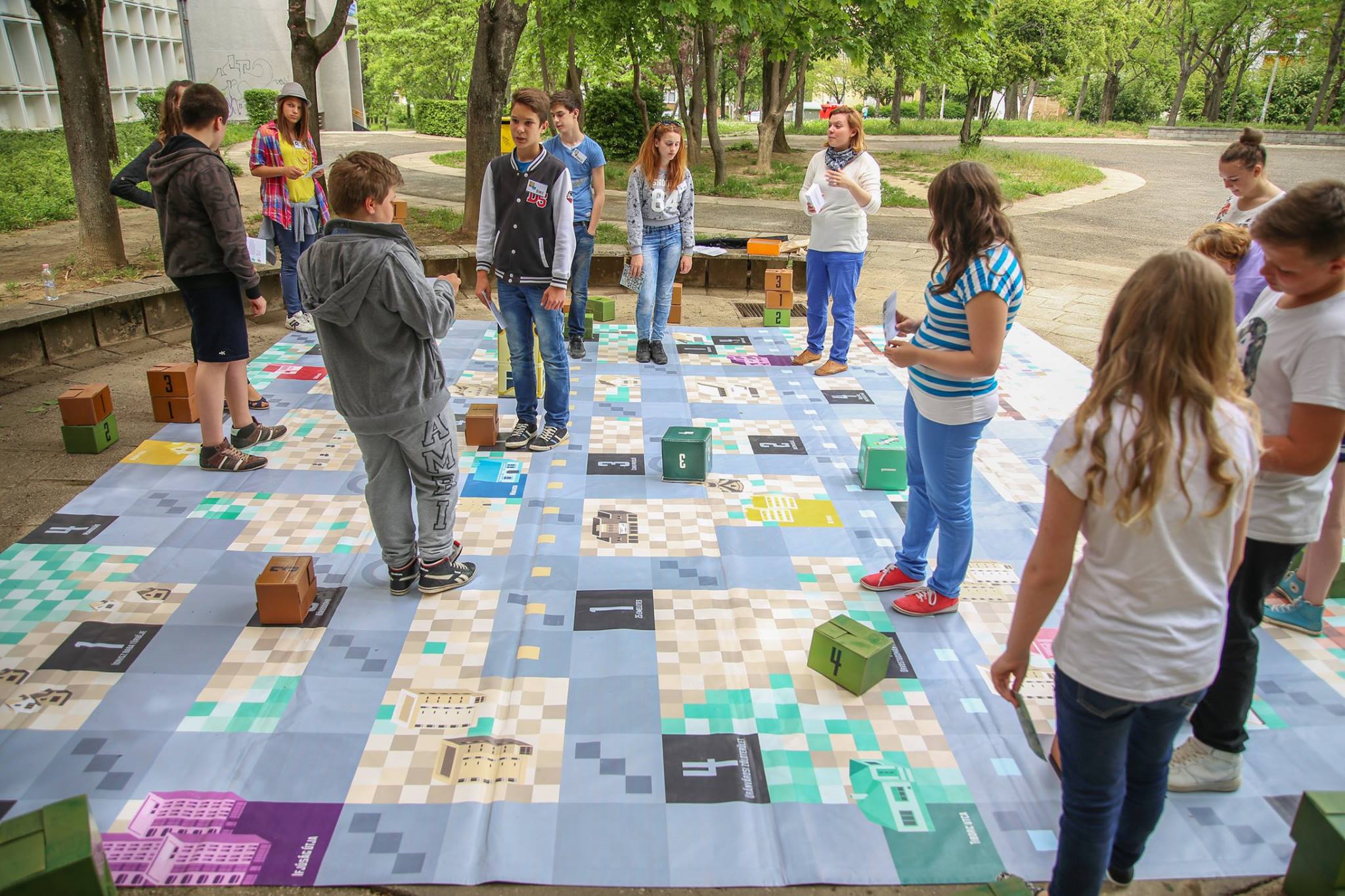
What happens during a game of ParticiPécs?
The game ParticiPécs depicts an abstract version of Pécs, more precisely an imprint of the memories of the spaces in the city children use. We don’t intend to describe the whole city, but rather highlight specific places that are important for them. We start with a flat surface and as the game develops, the children build up the city and establish small-scale interventions by playing different roles, or characters, in the city. They can be the teacher, who teaches at the local school, for instance, or they can be one of the kids, and so on. All characters have different missions, but we encourage them to collaborate. While it is possible to make individual interventions like painting a bench, they can form teams of three or four to carry out bigger projects, like building a sunshade over a bus stop, organise a festival, or plant flowers in front of the school.
What is a desired outcome of a game of ParticiPécs?
Above all, it should be a source of inspiration for the kids. We measure our impact by the observations and success stories we collect through the many realisations of the games. For one particular project called “Shape Your City”, we were able to use the results as a basis for real-life interventions in the urban environment. We played the game with the kids in different schools. In a second round, the kids could submit their ideas to a competition. A jury – the chief architect and politicians from the city – selected the best ideas, which were then visualised by the architecture school and exhibited publicly. Three ideas were ultimately selected by the municipality to be realised in Pécs. My favorite example is the kissing bench. The area is a popular spot for lovers, because the sunset is the most beautiful from that place. The children wanted to make this place even more beautiful and comfortable for watching the sunset. They decided to design a “kissing bench” and clean up the area, carefully, so people could still recognise the place. This way, it kept its intimate feeling.
Speaking of realisations, could the games become products or services?
Actually, when I entered the Young Entrepreneurs in Science workshop, I was going to work on a business idea for the live action game “Urbanity”. We developed Urbanity at kultúrAktív to engage in discussions about the city with people on the street. However, I decided to quickly omit this idea and went ahead with the problem-based approach we learned at the workshop.
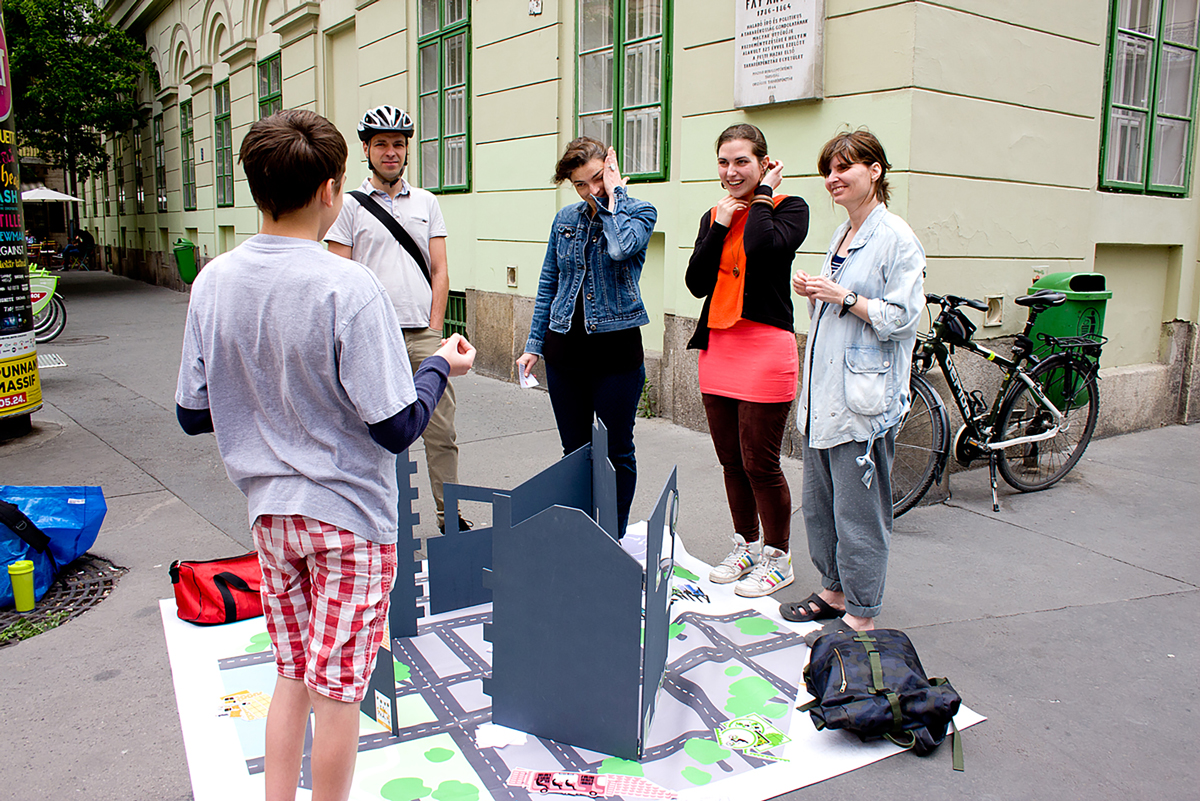
What did you discover along this process?
This matching of problems and solutions is at the core of our activity at kultúrAktív – but as an NGO we do it for free. I discovered that the same mechanism could yield a profitable product or service. There is a need for charitable work, and it is possible to monetise it. Our goal for the years to come is finding financial stability and a strategy that helps us stand on our own legs, while doing the work we love. It was very nice to learn that these two things do not have to be conflicting.
What is your motivation behind working with live action games?
Every game starts with dreams of changing the world! But really, the moments I can experience when working with kids are a treasure. The beauty of the games comes with the people who are playing it. That is what motivates me, when you see their excitement as they discover what they are capable of. Giving these opportunities to them is the best thing we can do •
